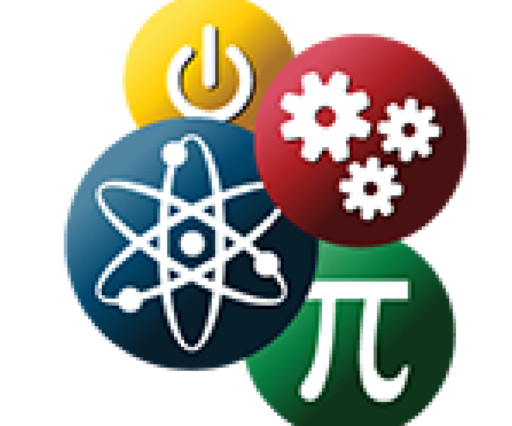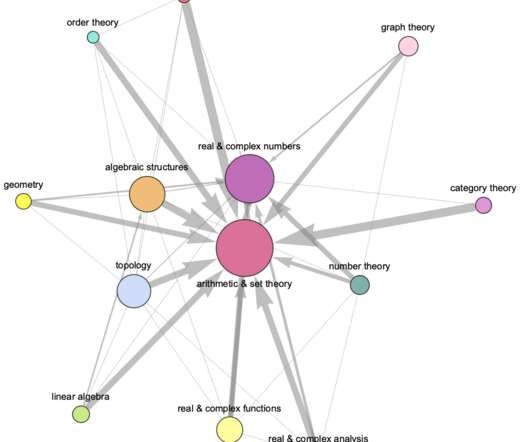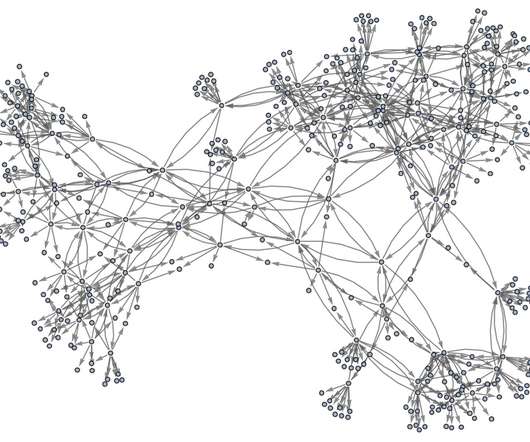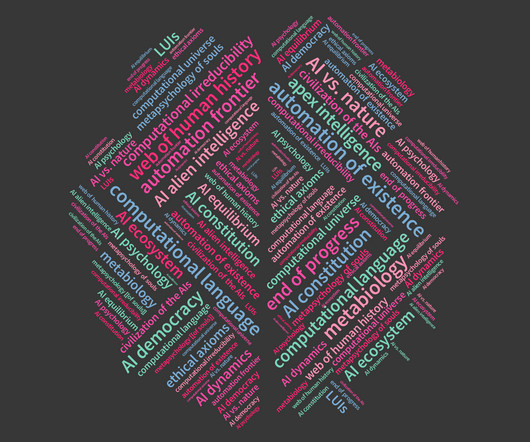Indoor STEM Activities for Kids
STEM Sport
DECEMBER 12, 2023
As the air rushes out of the balloon, it propels the balloon forward, vividly illustrating Newton’s Third Law of Motion – for every action, there is an equal and opposite reaction. Homemade Pendulum: Construct a simple pendulum by suspending a weight from a string.












Let's personalize your content